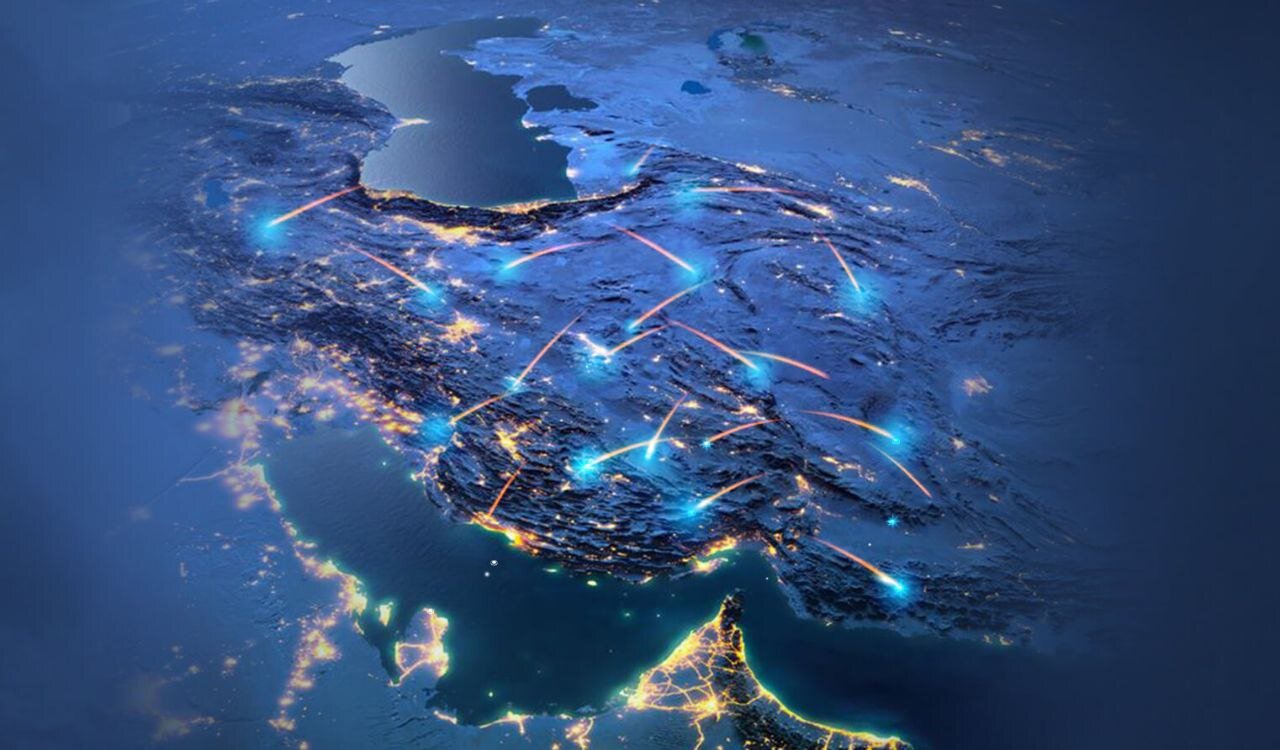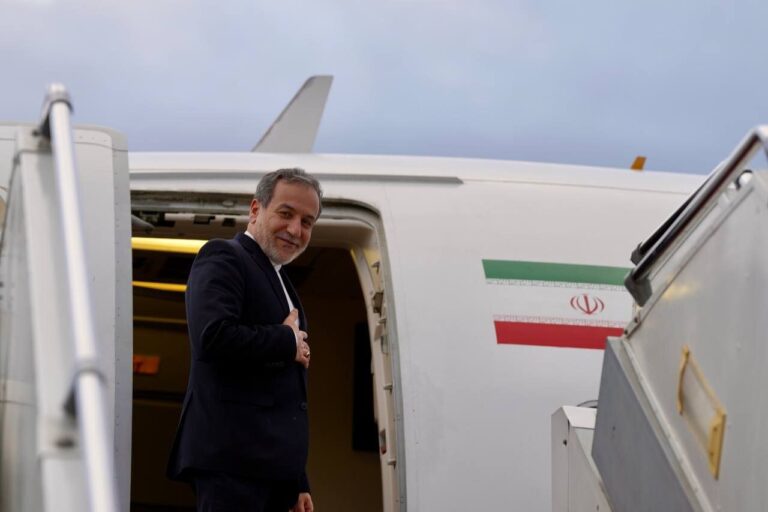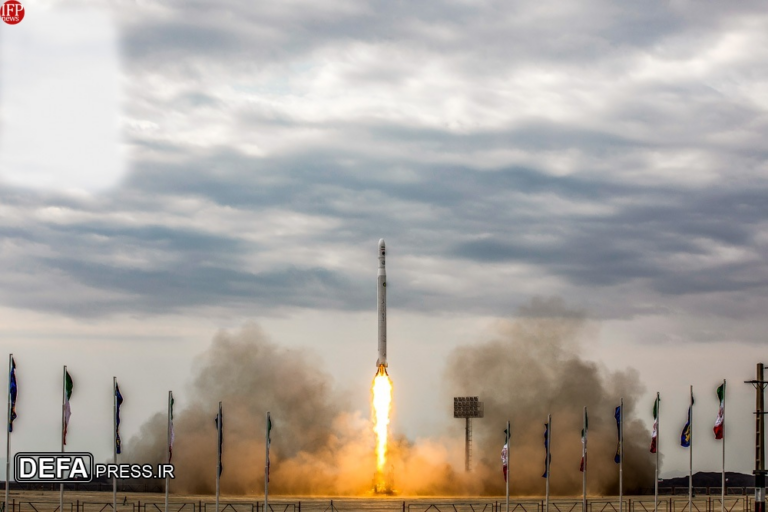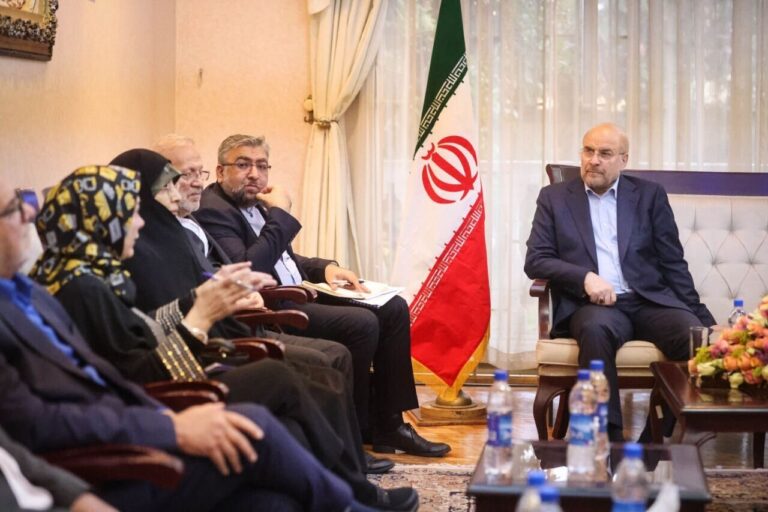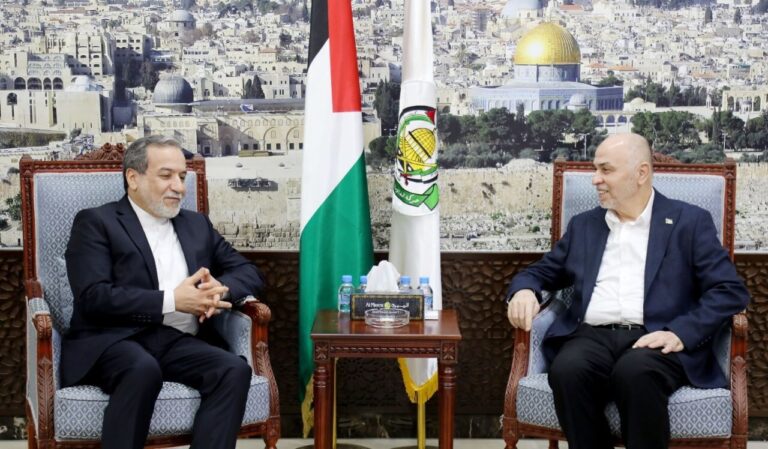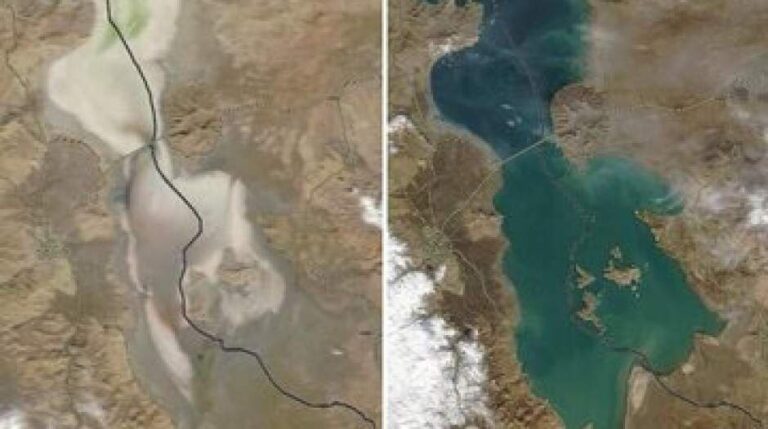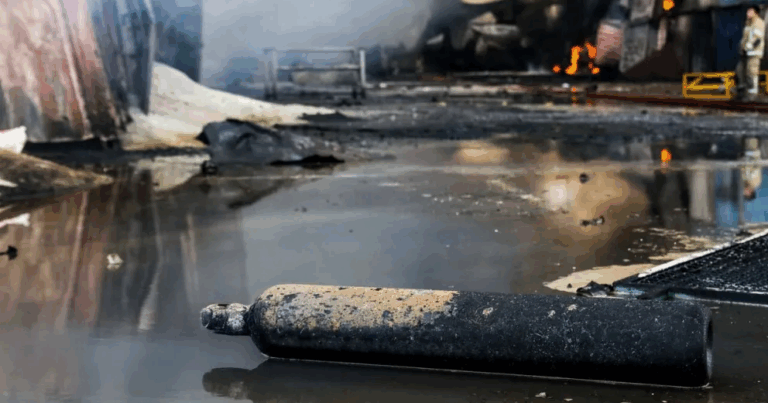Iran Corridor: Your Secure Digital Gateway to Connectivity
The Iran Corridor 2025 event recently took place in Dubai, showcasing Iran’s advanced communication infrastructure as a secure pathway for data transmission across the region. This international gathering occurred just one day before the Capacity Middle East conference, a prominent telecommunications event running from February 4 to 6. The Iran Corridor initiative aims to enhance the region’s digital economy by promoting collaboration and interconnected digital infrastructures.
Led by the Iranian Information and Communication Technology (ICT) Minister, Sattar Hashemi, a delegation from Iran participated actively in this event, which brought together leading regional operators from 15 countries. Hashemi’s speech highlighted Iran’s robust capabilities in the communication sector and the importance of fostering regional cooperation.
The Iran Corridor 2025 event served as a valuable platform to illustrate the rapid technological advancements and innovations taking place in Iran. Recognized as one of the Middle East’s most dynamic regions for technological growth, Iran is positioned to play a pivotal role in the ongoing transformation of the digital landscape.
- Iran’s strategic location enhances its role as a vital corridor, linking various regions through terrestrial and submarine fiber optic networks.
- The country promotes diversity in digital facilities, which enables the integration of regional digital platforms and high-speed data communication.
- The event discussed co-investment opportunities in interregional cable systems, leveraging Iran’s crossroads position among key Trans-Eurasian corridors.
These corridors connect:
- The Middle East to Central Asia and the Caucasus.
- The Indian Ocean to the Caspian Sea.
- The Persian Gulf to the Black Sea.
During the event, significant emphasis was placed on:
- Geo-distributed data centers.
- Digital Free Zones.
- Internet Exchange Points (IXPs).
Moreover, advanced technologies such as Artificial Intelligence, cloud computing, and secure communication systems were discussed to enhance digital connectivity across the region.
On the sidelines of the event, Minister Hashemi is scheduled to meet with key global leaders who participated in the event, fostering international collaboration and dialogue.
Status of ICT in Iran
The Ministry of Information and Communication Technology serves as the highest authority overseeing ICT in Iran. This ministry is responsible for all activities related to the information and communication technology industry within the country. The Iranian government emphasizes the significance of plans and policies in this sector to enhance the use of ICT for improving people’s lives.
The successful design, construction, and launch of satellites demonstrate the growth of Iran’s national technology and scientific capabilities. Space technology is viewed as a means to promote prosperity, peace, and economic development in societies worldwide. Various countries leverage this technology based on their capacities and efforts.
Currently, 13 universities and a research institute affiliated with the Ministry of Science, Research, and Technology offer aerospace majors, positioning Iran as a leading country in the region regarding the training of specialists and experts in aerospace.
Access to telecommunication services has significantly improved in rural areas of Iran. The number of villages with access to communication services has increased to 52,182, representing approximately 93% of all villages. Furthermore, around 47,837 villages now have access to landline services, enhancing connectivity across the nation.
According to the Communications Regulatory Authority (CRA), the number of mobile users in Iran has reached nearly 135.89 million, resulting in a mobile phone penetration rate of 161.67%. However, despite these advances, fixed broadband adoption has stagnated at 14%, with about 11.92 million customers accessing the Internet through fixed broadband services.
This data indicates that growth in fixed broadband internet has been modest, increasing by less than 2% compared to the previous year. In contrast, mobile internet has experienced a remarkable growth rate of 10%, with the expansion of mobile internet occurring at a speed five times greater than that of fixed internet.
As Iran continues to develop its communication infrastructure and expand its ICT capabilities, it remains poised to play a crucial role in the regional and global digital economy.
